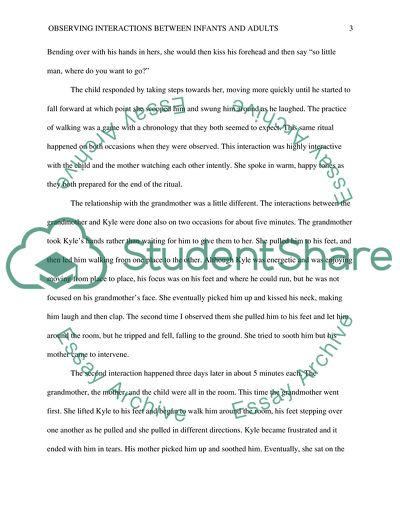Cite this document
(Observing Interactions between Infants and Adults Case Study Example | Topics and Well Written Essays - 2750 words - 1, n.d.)
Observing Interactions between Infants and Adults Case Study Example | Topics and Well Written Essays - 2750 words - 1. https://studentshare.org/psychology/1800562-observations-and-child-interactions
Observing Interactions between Infants and Adults Case Study Example | Topics and Well Written Essays - 2750 words - 1. https://studentshare.org/psychology/1800562-observations-and-child-interactions
(Observing Interactions Between Infants and Adults Case Study Example | Topics and Well Written Essays - 2750 Words - 1)
Observing Interactions Between Infants and Adults Case Study Example | Topics and Well Written Essays - 2750 Words - 1. https://studentshare.org/psychology/1800562-observations-and-child-interactions.
Observing Interactions Between Infants and Adults Case Study Example | Topics and Well Written Essays - 2750 Words - 1. https://studentshare.org/psychology/1800562-observations-and-child-interactions.
“Observing Interactions Between Infants and Adults Case Study Example | Topics and Well Written Essays - 2750 Words - 1”. https://studentshare.org/psychology/1800562-observations-and-child-interactions.


